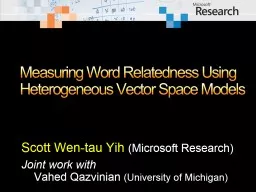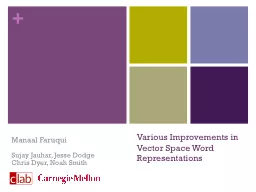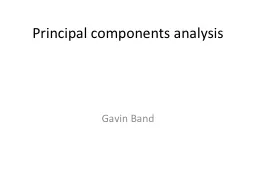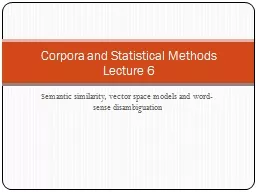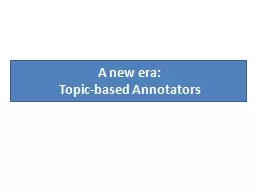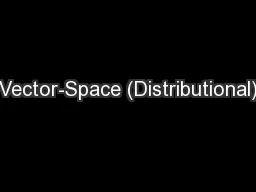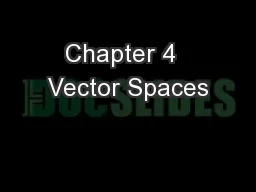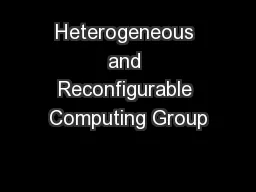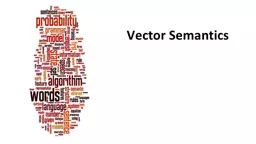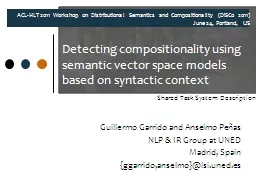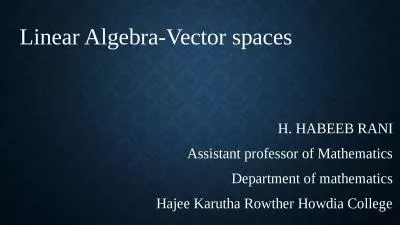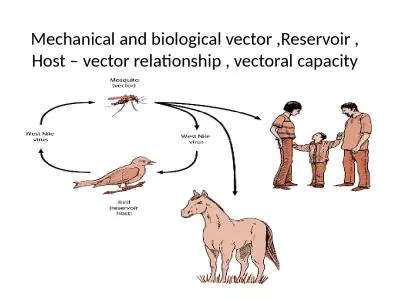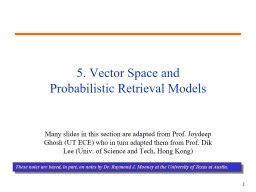PPT-Measuring Word Relatedness Using Heterogeneous Vector Space Models
Author : marina-yarberry | Published Date : 2020-04-06
Scott Wentau Yih Microsoft Research Joint work with Vahed Qazvinian University of Michigan Measuring Semantic Word Relatedness How related are words movie and
Presentation Embed Code
Download Presentation
Download Presentation The PPT/PDF document " Measuring Word Relatedness Using Hetero..." is the property of its rightful owner. Permission is granted to download and print the materials on this website for personal, non-commercial use only, and to display it on your personal computer provided you do not modify the materials and that you retain all copyright notices contained in the materials. By downloading content from our website, you accept the terms of this agreement.
Measuring Word Relatedness Using Heterogeneous Vector Space Models: Transcript
Download Rules Of Document
" Measuring Word Relatedness Using Heterogeneous Vector Space Models"The content belongs to its owner. You may download and print it for personal use, without modification, and keep all copyright notices. By downloading, you agree to these terms.
Related Documents

